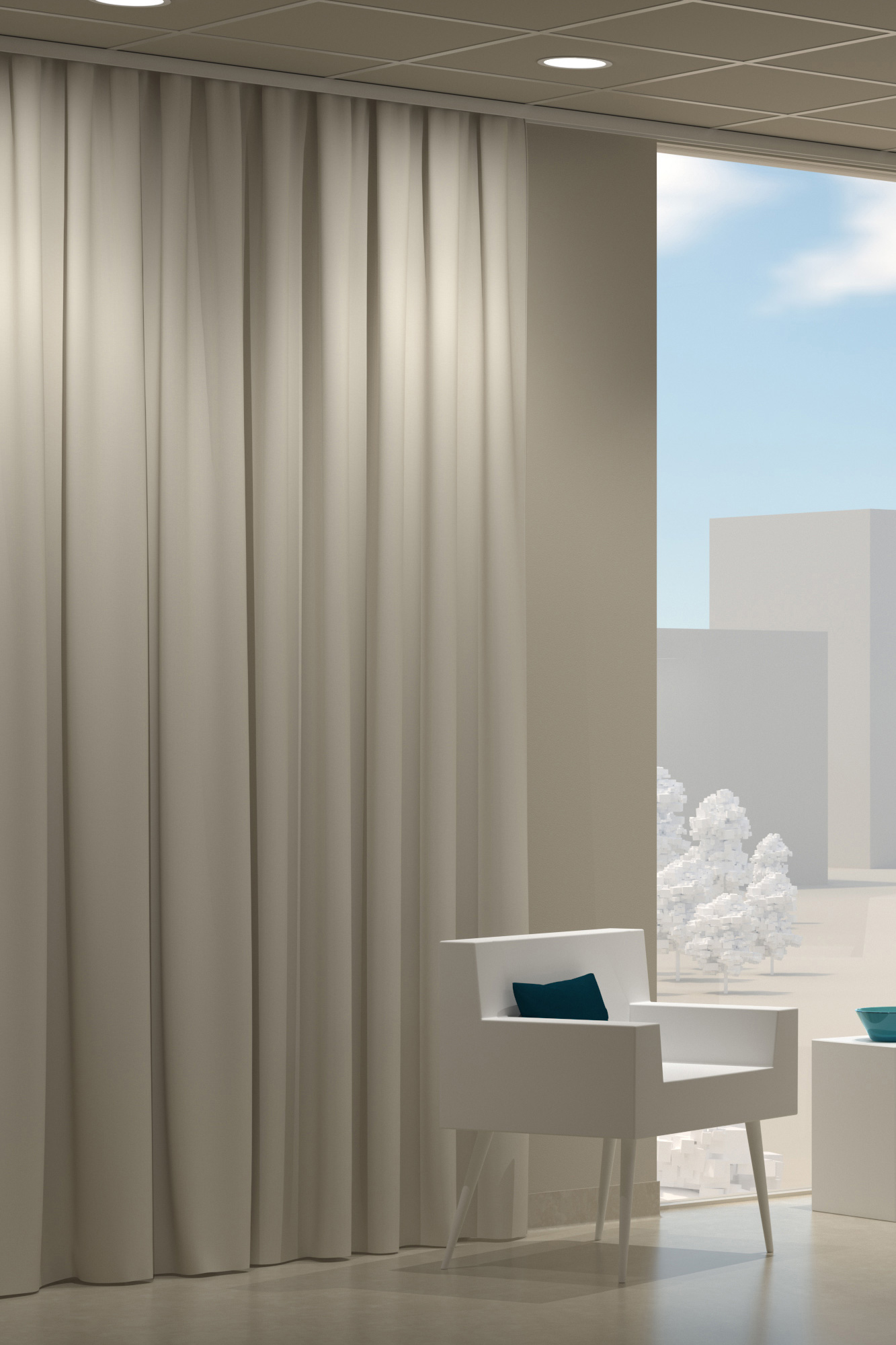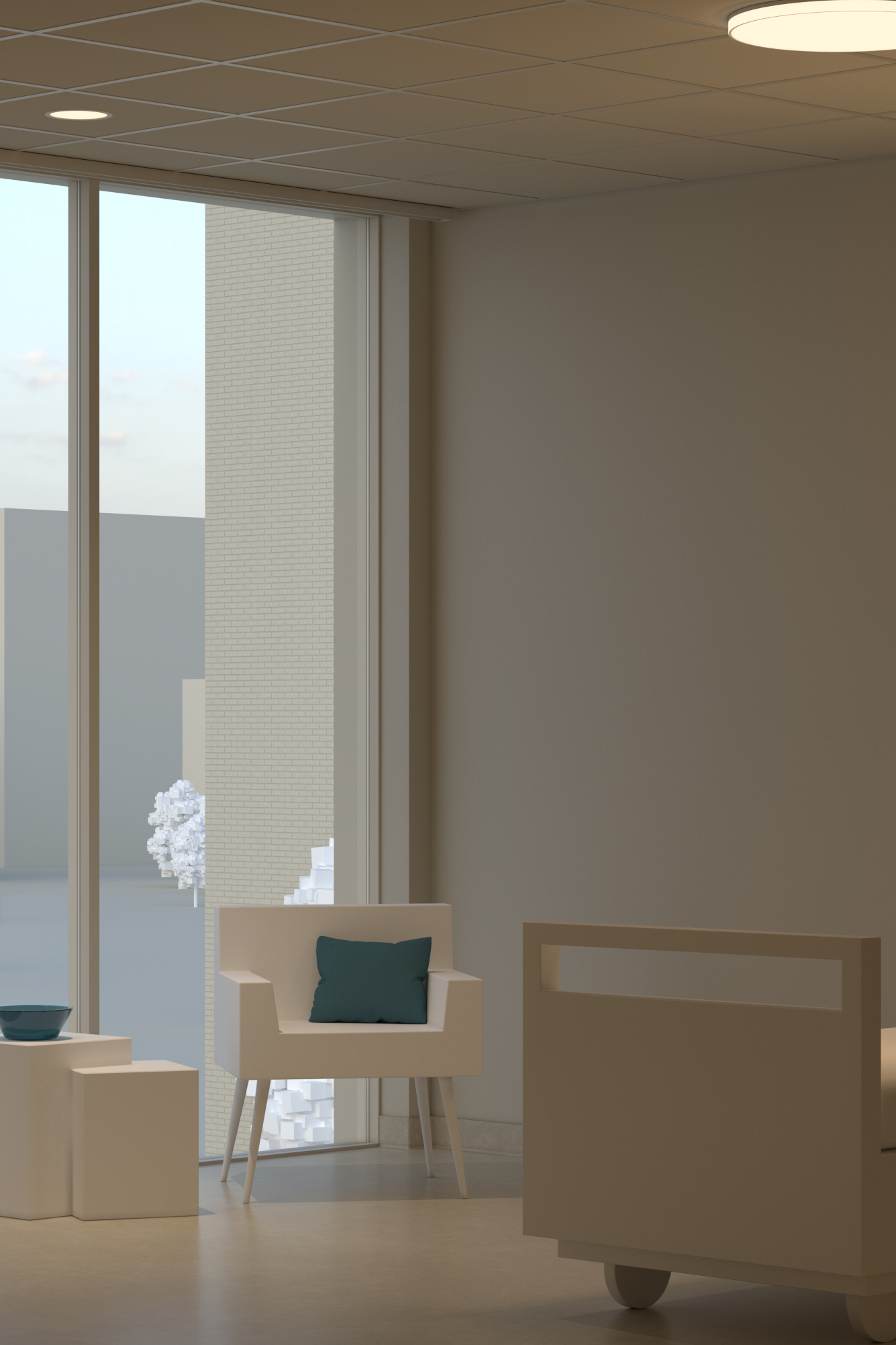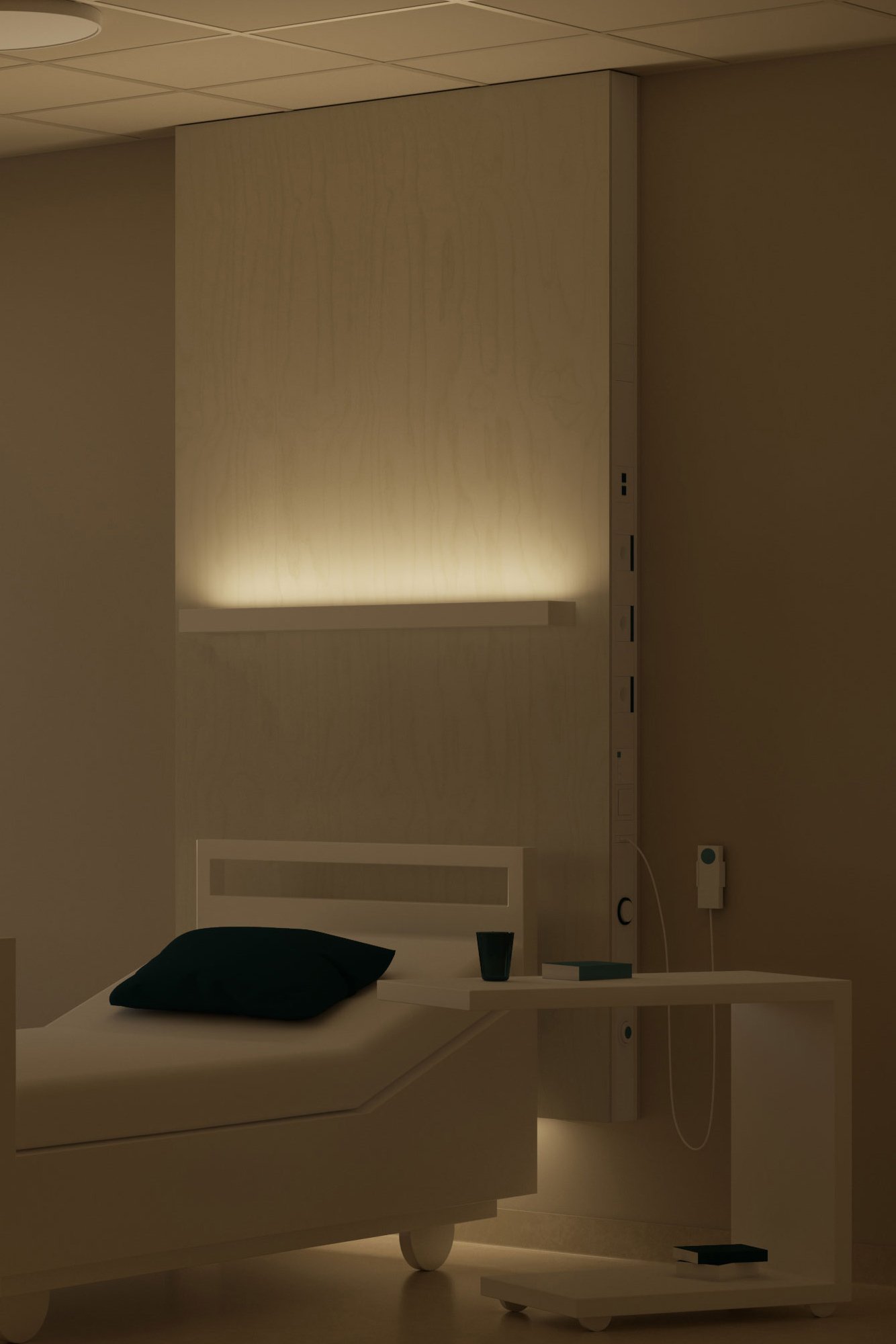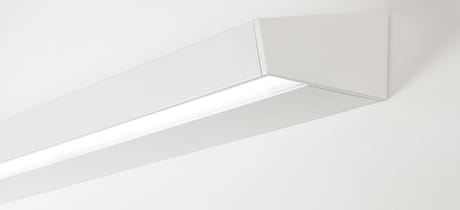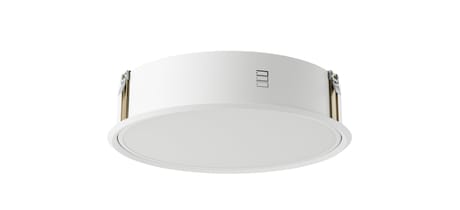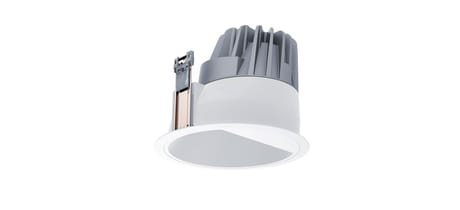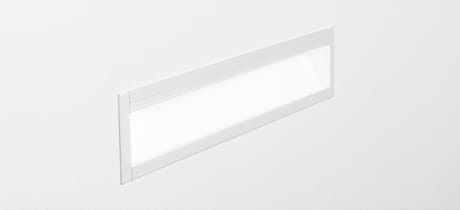Patient room
Patient rooms in hospitals and medical facilities may differ a great deal in appearance, but they all have one thing in common – they are always human centric. Both the staff and the patient's needs must be met, therefore flexibility and high quality are a prerequisite.
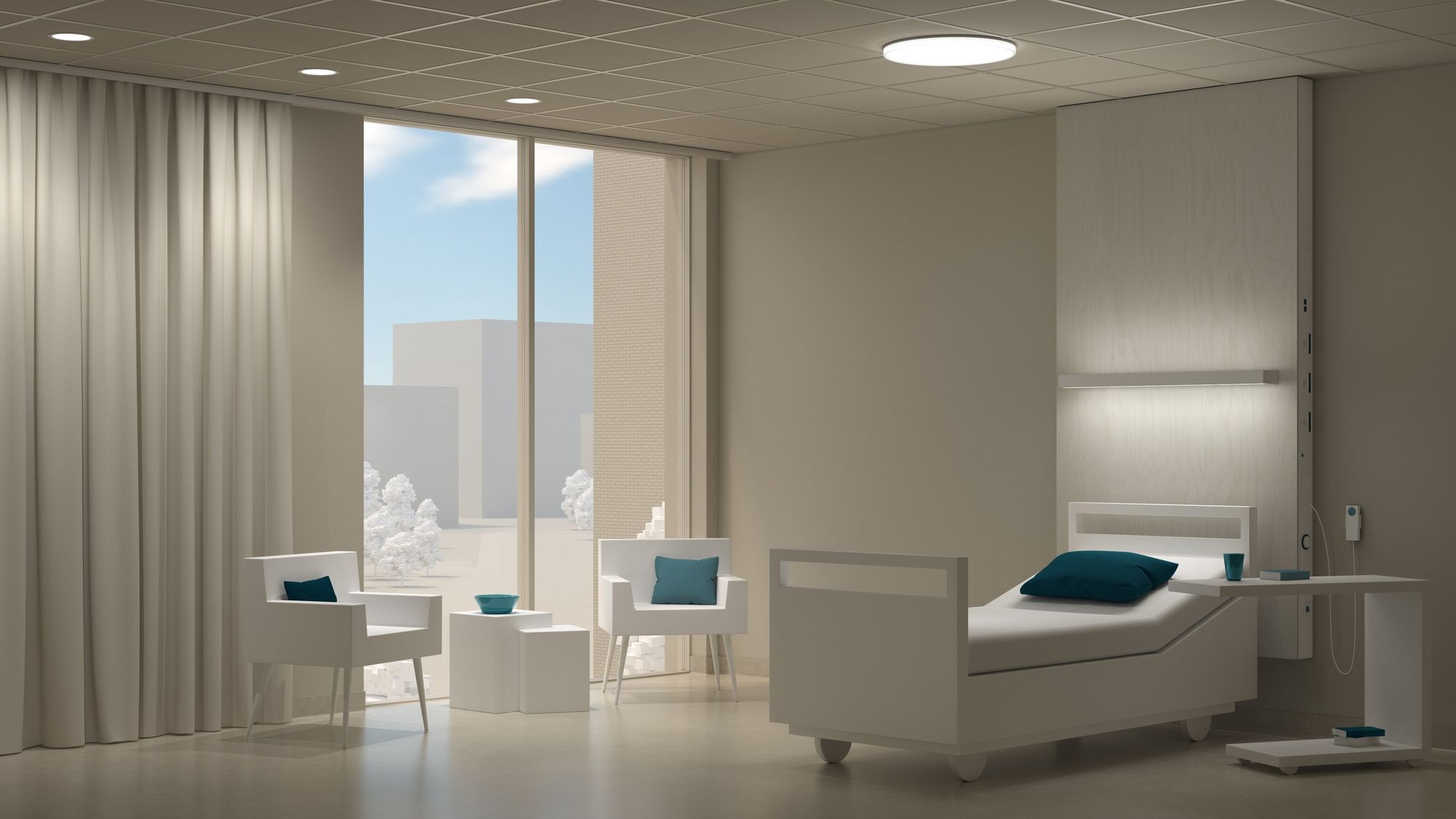
Comfort and functionality
An individual patient room can sometimes become the patient's only fixed point during a traumatic or turbulent time. This makes it important to ensure that the room is as pleasant as possible. Such rooms sometimes have to accommodate advanced technical equipment while offering the chance to relax and socialise with relatives. Accordingly, one of the roles of the lighting in the patient room is to create a safe and pleasant environment that best promotes healing and recovery. The lighting should offer the best possibility of maintaining the circadian rhythm while creating a spatial context for the person staying in the room.
Light planning according to Human Centric Lighting
Human Centric Lighting comprises lighting solutions that meet people’s visual, biological and emotional light needs by means of a combination of daylight and electric lighting. With lighting that supports the human circadian rhythm, it is possible to create work environments that help people both to sleep and feel better, as well as to be more productive. This is achieved, in part, through a combination of different levels of light intensity as well as different colour temperatures. To get the right dose of light, we can either opt for a large amount of light for a short period of time or less light for a longer period, ranging from 30 minutes to 3 hours. Here at Fagerhult, we recommend starting the day with 250 melanopic lux for 2 hours.
Lighting with a biological impact on our circadian rhythm can be planned within the framework of all lighting projects using the factor Melanopic Ratio, which we present for all our luminaires.
1. Day 4000 K. During daylight hours, the natural light is complemented with ambient lighting to help the patient to stay awake and provide good working light for staff.
2. Afternoon 3000 K. Later in the day, we recommend a warmer light to follow the body's natural circadian rhythm.
3. Evening 2700 K. Subdued light levels during the evening stimulate melatonin production and prepare the body for sleep.
For staff, the lighting should also facilitate the nursing and examinations that need to be performed, in a manner that is safe and appropriate for the patient. Such tasks need to be possible regardless of the time of day but without disturbing the patient's circadian rhythm too much. Accordingly, we have lighting solutions with different colour temperatures, created to match these different nursing tasks and procedures.
